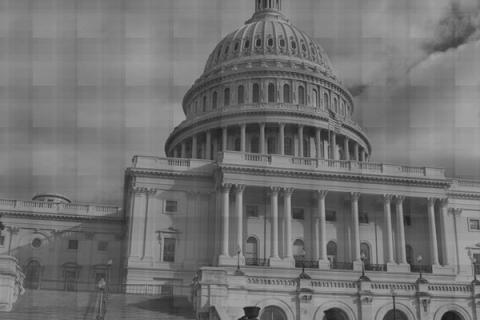I remember as a young high school student hearing Senator Everett Dirksen of Illinois making the comment, “A billion here, a billion there, before you know it you are talking about real money.” How far from that cry for fiscal sanity have we come as a nation?
Here is the sad reality, ladies and gentlemen, about the current situation the United States of America finds itself in with regard to our finances. We have not even been a country for a trillion seconds and yet we are throwing around the term trillion as if it were an insignificant amount of money. When I was a student, only astronomers and physicists were using that term and it seemed beyond any tangible measure for everyday life.
Perhaps it would not be so bad if tax revenues were supporting those expenditures, but they are not. We are printing or borrowing $1.5 trillion a year and sticking it on a credit card and the backs of your children and grandchildren. This is not only unsound national policy but it is also generational theft.
We have to close the revenue/expenditure gap by $1.5 trillion before we take a single dollar off of the federal debt. Our country was over 200 years old before we ran a debt of $1 trillion in 1982. I remember watching the Presidential Debates in 1992 and firmly believing that Ross Perot was right when he expressed great concern that the federal debt would rise above $4 trillion, if we did not take appropriate steps and put fiscal sanity and common sense business practices into the federal government. Twenty years later, the federal debt is on auto-pilot to get to $23 trillion in the next 10 years.
What are the causes of the meteoric rise? I think they are very clear. Baseline budgeting, gerrymandering, go along to get along, career politicians, inside baseball, spend or lose and lobbyists come to mind. We need to elect citizen legislators with private sector business experience who will do what is right and needed to save the American Dream for future generations.
Bureaucrats live in their own world. They want to grow the size and scope of their bureaucracy and influence. They want to spend all that was budgeted so they get 7.5% more than last year. They do not care about effectiveness and the delivery of the good or service as they want to spend more than their fellow bureaucrat so that at promotion time, they will look good and appear the best choice to spend more.
The Rule of 72 is a great one. Something growing at 7.5% per year will double in less than 10 years and quadruple in less than 20 years. All of these bureaucracies are outgrowing the ability of the productive class to support not only their mission or the thirst of the bureaucrats for pay, pensions and benefits.
Why do we have 82 different federal job training programs? Would not 20 or less be the right number? Could we not get better results and some economy of scale with a professional, accountable approach to these federal programs? Most employers would prefer to train and groom their own employees or have some other private sector company provide that training.
The GAO (Government Accountability Office) issued a report early in 2012 stating that they was clearly over $400 billion of outright duplication and redundancy in federal spending. That would tell me as a private citizen that the real number is much higher. We can turn this country and it’s finances around, but not if you keep sending the same, bought and paid for, PAC backed career politicians back to Washington, who will play go along to get along and drive your children’s opportunity into the ditch.
John K. Stahl is a former Naval Aviator who graduated from the Naval Training Command with the designation of Distinguished Naval Graduate. He holds a BS in Mathematics from the University of Kentucky and an MBA from Florida Atlantic University. The Stahl for Congress campaign can be reached at john@stahl4congress.com and the website is at www.stahl4congress.com Twitter @JohnKStahl

